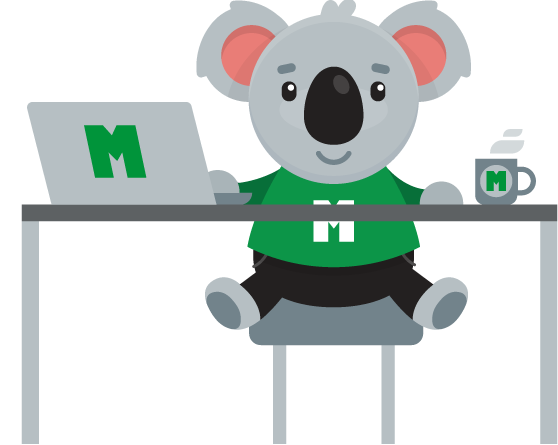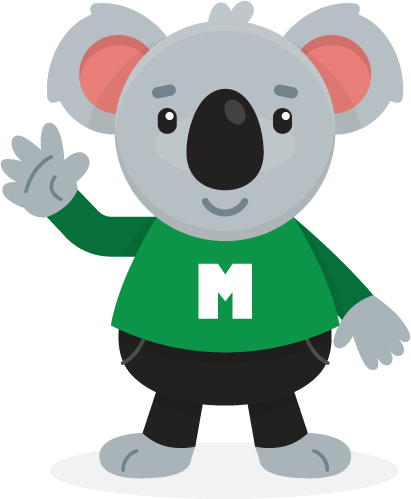Translate this page:
Federal Housing Administration
The FHA loan program is one of the most popular mortgage programs in the United States. The Federal Housing Administration (FHA) does not lend money, but insures loans made through FHA-approved lenders, which reduces their risk if the borrower defaults. This allows lenders to provide loans to borrowers who would otherwise not qualify, including those with average credit or low to middle income.
Following a great deal of defaults and foreclosures, the FHA mortgage program was put in place in the 1930s to offer mortgage lenders insurance against their risk and make home loans more affordable and accessible.

Benefits of FHA Loans
There are many reasons to consider an FHA mortgage:
- Down payment as low as 3.5 percent
- Down payment and closing-cost money can be gifted from a family member
- FHA loans are easier to get after bankruptcy or foreclosure than a conventional loan
- Easier to qualify with underwriting that focuses on job security, employment and income
- No prepayment penalty
- Closing costs can be rolled into your loan
- FHA loans are assumable, which may be a positive selling point in the future
- FHA loans are good for good credit/income borrowers who don’t have liquid funds for down payment

Upfront Mortgage Insurance Premium (MIP)
The upfront MIP requires a premium of 1.75 percent of the purchase price. This will be $5,250 on a $300,000 loan.
Annual MIP
This is charged monthly and depends on your loan-to-value ratio and terms. It can range from 0.45 percent to 1.35 percent of the purchase price. Loans with a longer term, and a loan that is less than $625,000, have the highest annual premium.

FHA Loan Requirements
Not sure if you qualify for an FHA mortgage? The good news is that standards are looser than a conventional loan.
- Stable employment history (in same industry) or the same employer for a minimum of two years
- Down payment of at least 3.5 percent *Can be gifted
- Home must be a primary residence
- Property appraisal conducted by an FHA-approved appraiser
- Front-end ratio of less than 31 percent of gross monthly income. This includes mortgage payment, homeowners insurance, property taxes and HOA fees.
- Back-end ratio of less than 43 percent. This includes your mortgage payment, along with monthly debt obligations
- Must be at least three years past foreclosure or two years out of bankruptcy, if applicable

Contact Us Today
Share this page

Let's Start Your Homebuying Journey.




